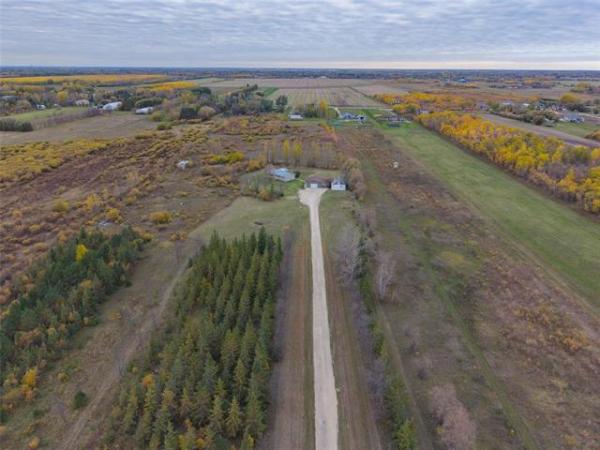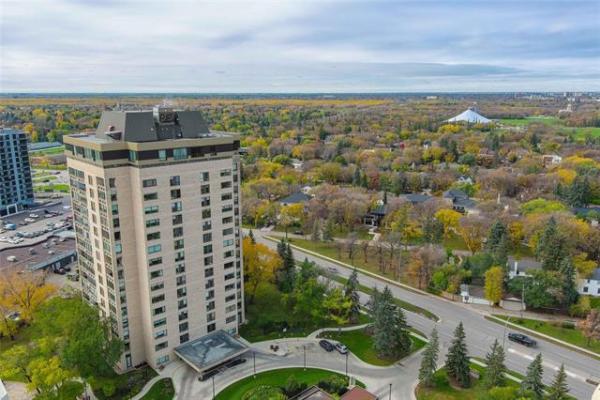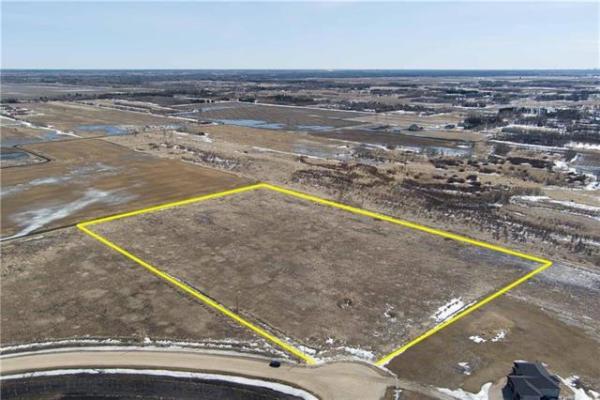Question: I purchased a brand-new condominium in 2020, near the ocean. The building is seven floors high, including the rooftop pool, and four condominium units wide. In the past six months I have noticed that one of the interior walls that is constructed of plaster over block has developed horizontal bowing, in places for a span of 20 feet or so. The wall in question is a dividing wall to another condominium, which also shows bowing, though not to the extreme mine does. We do have a rooftop pool two floors above that has been leaking into the condos below. Could leaking from the pool cause the drywall to bulge or could it be a structural defect?
Thanks,
Gina C.
Answer: Water leaking from anything on a flat rooftop, especially from a pool, could certainly cause big moisture related problems, even major structural damage. Engaging the condo board to immediately hire a consulting engineering firm, and talk to a lawyer about legal action, should be the next course of action to ensure this problem is properly rectified, and to prevent a possible catastrophe.
Of all the inquiries I have received, and hundreds of columns that I have written over the last couple of decades, yours may be the easiest to answer. The answer to your two-part question is yes and definitely, yes! As discussed here many times, water is the number one enemy of all things to do with buildings. Whether it is rain and snow roof leakage, moisture intrusion from windows and doors, or attic condensation, it will cause damage to many components inside and outside. This could certainly lead to deterioration of structural components, which could be the beginning of major failure. Anything of this magnitude, especially on a multi-story condominium like yours, could be a serious life safety threat.
Flat roof systems are very common on multi-family residential, commercial, and industrial buildings. These are designed to allow storage and easy access to various mechanical systems, like air conditioning condensers, which can be noisy and problematic when located elsewhere. Sticking them up on top of roof may require some modifications to prevent vibration and noise problems, but otherwise is a good location to get them away from the living space. Because of the very minimal slope of this type of roof, ponding precipitation and potential leakage is high. For this reason, flat roof systems have to be very high quality, durable, and long-lasting. Also, regular inspection and maintenance is required to prevent small breaches from becoming major issues. This will be necessary, at least on an annual basis for a typical flat roof, but may be much more enhanced due to the location of your rooftop pool.
With modern roofing systems and water-proofing membranes it is certainly possible to locate a recreational pool on top of a multi-story building. But even when done properly, there is still a much higher chance of moisture intrusion into the building from that area. Extensive testing and inspection should have been the next level of scrutiny, to determine the actual source of the leak. Then, a plan for remediation could have been designed, hopefully by a combination of a pool expert, flat roofing contractor, and professional engineers. If that was not done, continued leakage is a certainty.
Water leaking into the upper floors of a condominium like yours could certainly cause bowing and cosmetic damage to the drywall, but your wall issues may also be due to major structural damage. Without delay, you should notify all of the building occupants/owners, and the condo board, about the issue and insist upon urgent review of the situation by professional engineers, and other qualified individuals as needed.
Ari Marantz is the owner of Trained Eye Home Inspection Ltd. and a Registered Home Inspector (RHI)(cahpi.ca). Questions can be emailed to the address below. Ari can be reached at 204-291-5358 or check out his website at trainedeye.ca.
trainedeye@iname.com



